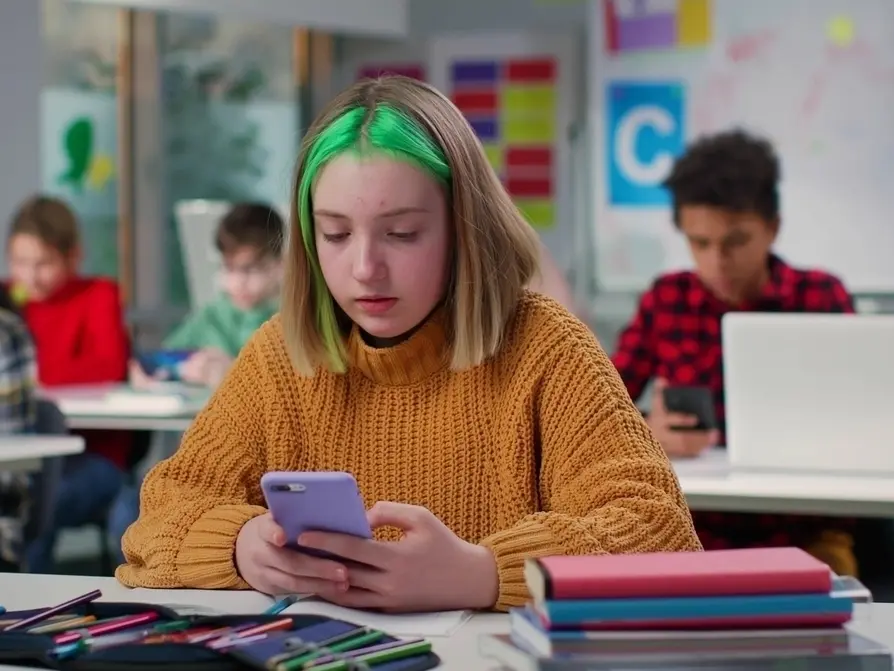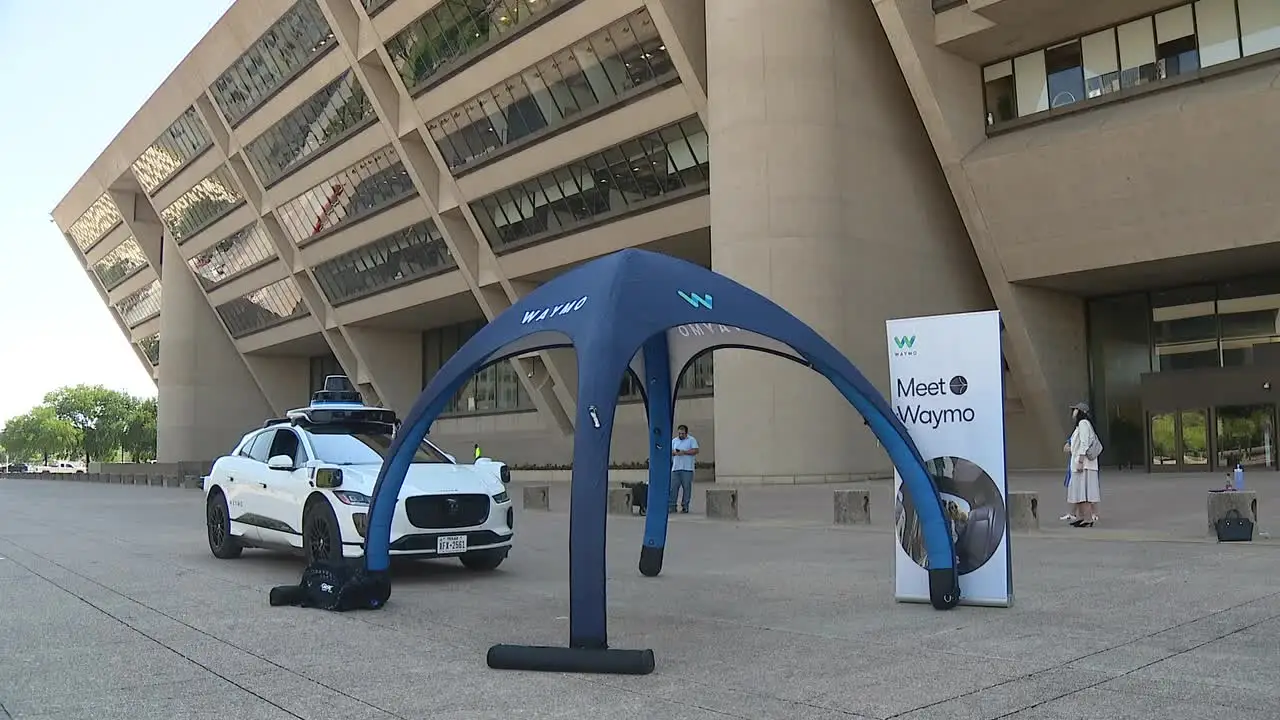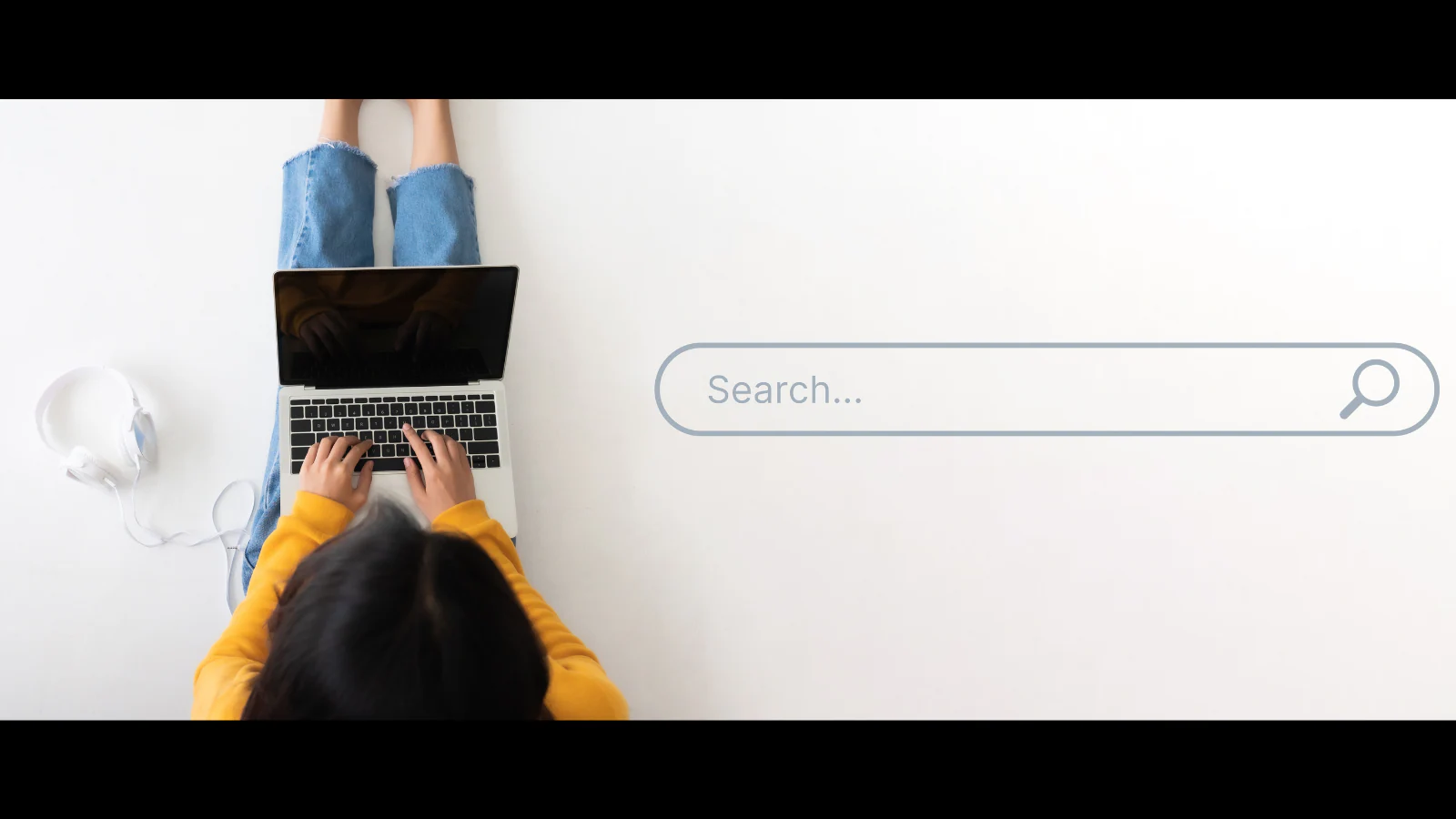
The East Brunswick Board of Education engaged in a spirited debate over the district’s cell phone policy.
EAST BRUNSWICK, NJ – The East Brunswick School District recently adopted a resolution allowing students from grades 7-12 to use their cell phones during lunch.
The East Brunswick Board of Education engaged in a spirited debate over the district’s cell phone policy during a recent meeting, with some members calling for a complete “bell-to-bell” ban while others defended allowing students in grades 7-12 to use devices during lunch periods.
The discussion arose after students recently viewed disturbing content during school hours, highlighting ongoing concerns about the appropriate use of technology in educational settings.
Under the existing policy, students in sixth grade and below are prohibited from using cell phones entirely during school hours, while students in grades 7-12 may use their devices only during lunch periods. The policy had already undergone a first reading when board members began considering further modifications.
Board member Wilbur Pan proposed implementing a comprehensive bell-to-bell ban, citing research data supporting such restrictions. “The data actually supports the benefit of a bell-to-bell cell phone ban across the board,” Pan said. “If we are to implement such a policy, we should be following what the data shows.”
Pan emphasized that his proposal was based on educational research rather than reactive policymaking, though he acknowledged that recent incidents involving inappropriate content viewing had contributed to the discussion.
Board member Anna Braun defended the current lunch-period allowance, drawing parallels to adult behavior and student needs. “I actually don’t mind that students are able to use cell phones during their lunch period,” she said, noting that students face long 80-minute class periods and deserve decompression time.
Braun also highlighted practical family communication needs, such as parents notifying children about pickup changes or after-school arrangements. However, she expressed concern about inappropriate content sharing, referencing recent incidents where both adults and students posted disturbing images on social media.
Board member Tim Cummins strongly advocated for a complete ban, expressing frustration with technology’s impact on social interaction. “I find it just drives me insane when I see a group of kids standing in a circle and just doing this,” he said, gesturing to phone use.
Cummins shared a personal anecdote about his seventh-grade child viewing footage of Charlie Kirk’s assassination on a friend’s phone during lunch at school. “The fact that he was sitting in school during school hours watching an assassination is a problem,” he stated, emphasizing the need for stricter controls.
He suggested implementing any policy changes gradually through a structured rollout plan rather than immediate implementation.
Board member Heather Guas offered a parent’s perspective, describing how her college-aged daughter sometimes sends brief texts during lunch when experiencing difficult days. “I do think that the regulation as it is, is a nice midway point,” Guas said.
She argued that complete restriction might be challenging for families who rely on digital communication rather than traditional methods like notes on refrigerators. Guas emphasized that modern families often have complex schedules requiring real-time communication.
Board member Laurie Herrick noted that the current policy emerged from feedback by teachers and administrators who viewed it as an appropriate first step. She acknowledged both the desire for family communication and the availability of alternative methods, such as contacting the school office for emergency situations.
Board member Louis Figueroa, while generally opposing unlimited cell phone use, recognized the practical realities facing modern families. He cited examples of frequent schedule changes for student athletes and the challenges facing single parents in managing complex logistics.
“There are many, many differences now. Every year there seems to be more and more differences,” Figueroa said. He suggested monitoring the current policy’s effectiveness before considering further restrictions.
Figueroa proposed evaluating data from schools with bell-to-bell bans to determine whether such policies improve student health, communication, and overall school climate.
Have a correction or a news tip? Email sarah.salvadore@patch.com



